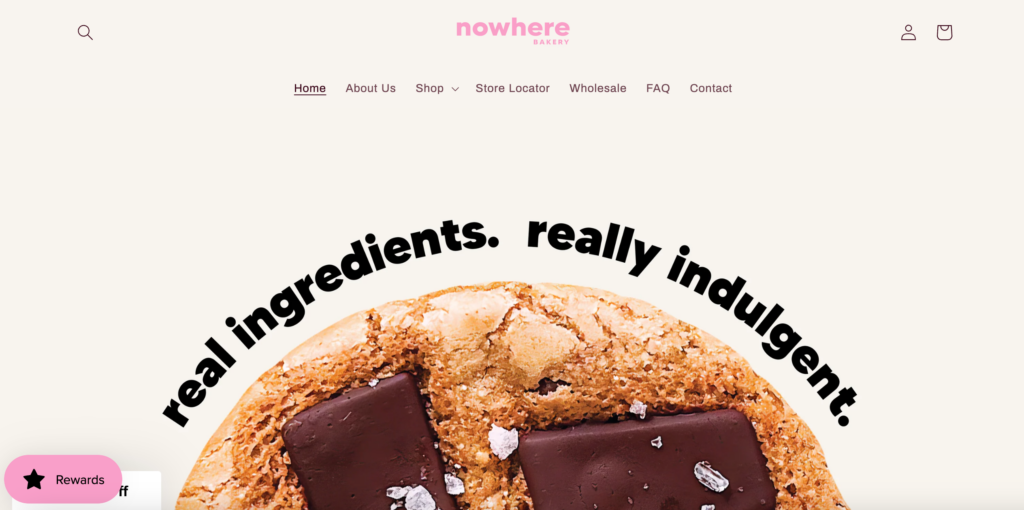
1. Understand the cookie market
To build a successful cookie business, start by learning about the market. The cookie industry is experiencing steady growth, projected to increase from $12.14 billion in 2024 to $18.77 billion by 2029. Shifting customer interests and evolving food trends are behind this growth.

Start with market research to understand what’s popular. You can do this in a few ways:
- Analyze competitors locally and online. Visit local cafes or bakeries and check similar online businesses to see popular flavors, packaging, and pricing. This will help you understand customer preferences and find ways to stand out.
- Survey your network. Ask friends or family about their favorite cookie flavors and preferences for valuable feedback.
- Check online trends. Instagram, Pinterest, and TikTok help reveal current trends. For example, look up hashtag #cookietok on TikTok to discover popular cookie styles and flavors. Going through content under Others searched for can also help find what’s trending.

2. Identify your unique selling proposition (USP)
A unique selling proposition (USP) is what sets your cookies apart in a busy market. It helps customers see why they should choose your cookies over others. To figure out a strong USP, you first need to know who your target customers are and what they value most.
Start by identifying who is most likely to buy your cookies. Ask yourself:
- Who are they? Are they families looking for nostalgic treats, individuals with dietary restrictions, or people who love indulgent, premium snacks?
- What do they care about? Health-conscious customers might prioritize natural or organic ingredients, while others might look for bold flavors and luxury packaging.
Use insights from Step 1 to define your ideal audience. For example, if you see a growing demand for gluten-free cookies, your target audience could be health-conscious individuals or those with dietary needs.
Once you’ve identified your audience, tailor your USP to meet their needs:
- For cookie enthusiasts seeking comfort, focus on homemade classics like chocolate chip or oatmeal cookies. Think of Famous Amos and their classic recipes.
- For trendsetters, offer bold and unique flavors like matcha white chocolate or lavender honey. A brand example is Crumbl.
- For health-conscious buyers, emphasize organic, gluten-free, or low-sugar options. Nowhere Bakery is a great example of summarizing its USP through the slogan “real ingredients. really indulgent.”

Now that you have a clear USP, it’s time to reflect that uniqueness in your business name, which we’ll cover in the next step.
3. Choose your business name
Your business name is one of the first things customers notice, so it should capture the essence of your cookies and make a lasting impression. Here are some tips to help you choose the right name for your cookie business:
- Brainstorm relevant words. Think of words related to cookies, flavors, or the experience you want customers to enjoy, like comfort, indulgence, or freshly baked.
- Keep it simple. A short, easy-to-remember name helps customers recall your brand easily.
- Align it with your USP. For example, if your USP is offering gluten-free cookies, a name like “Purely Gluten-Free” might be a better fit than something too generic.
- Add a personal touch. To make the name stand out, consider adding something unique to you, like a family name or a local reference.
Once you’ve chosen your business name, take a few important steps to ensure it’s market-ready. Test its appeal by getting feedback from potential customers to ensure it’s memorable and resonates with your target audience.
Next, check for trademarks to avoid legal complications. Make sure the name isn’t already in use by another business in your industry.
Finally, verify domain name and social media availability. Secure the matching domain and social media handles to maintain consistent branding and make it easier for customers to find you online. More on this in Step 10.
